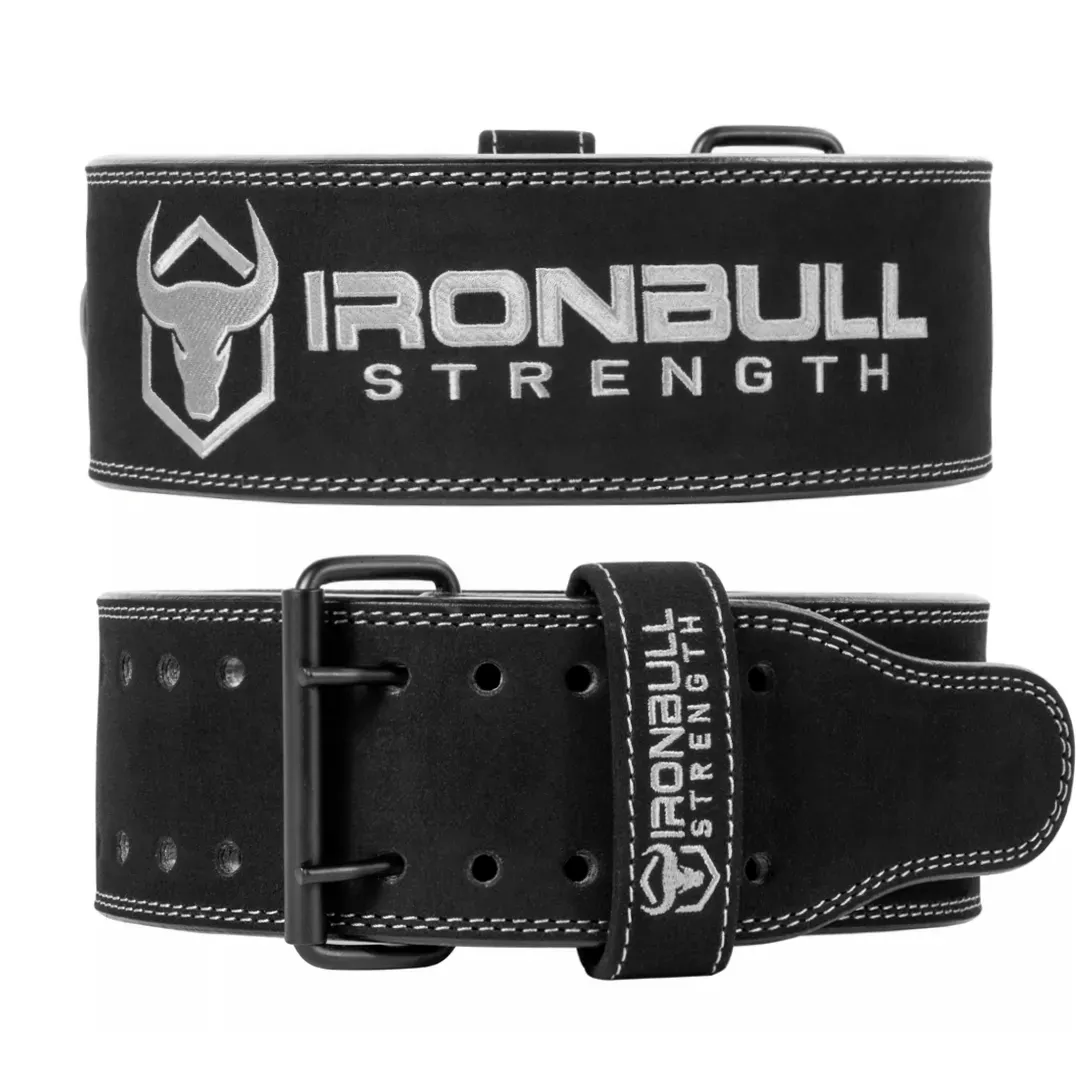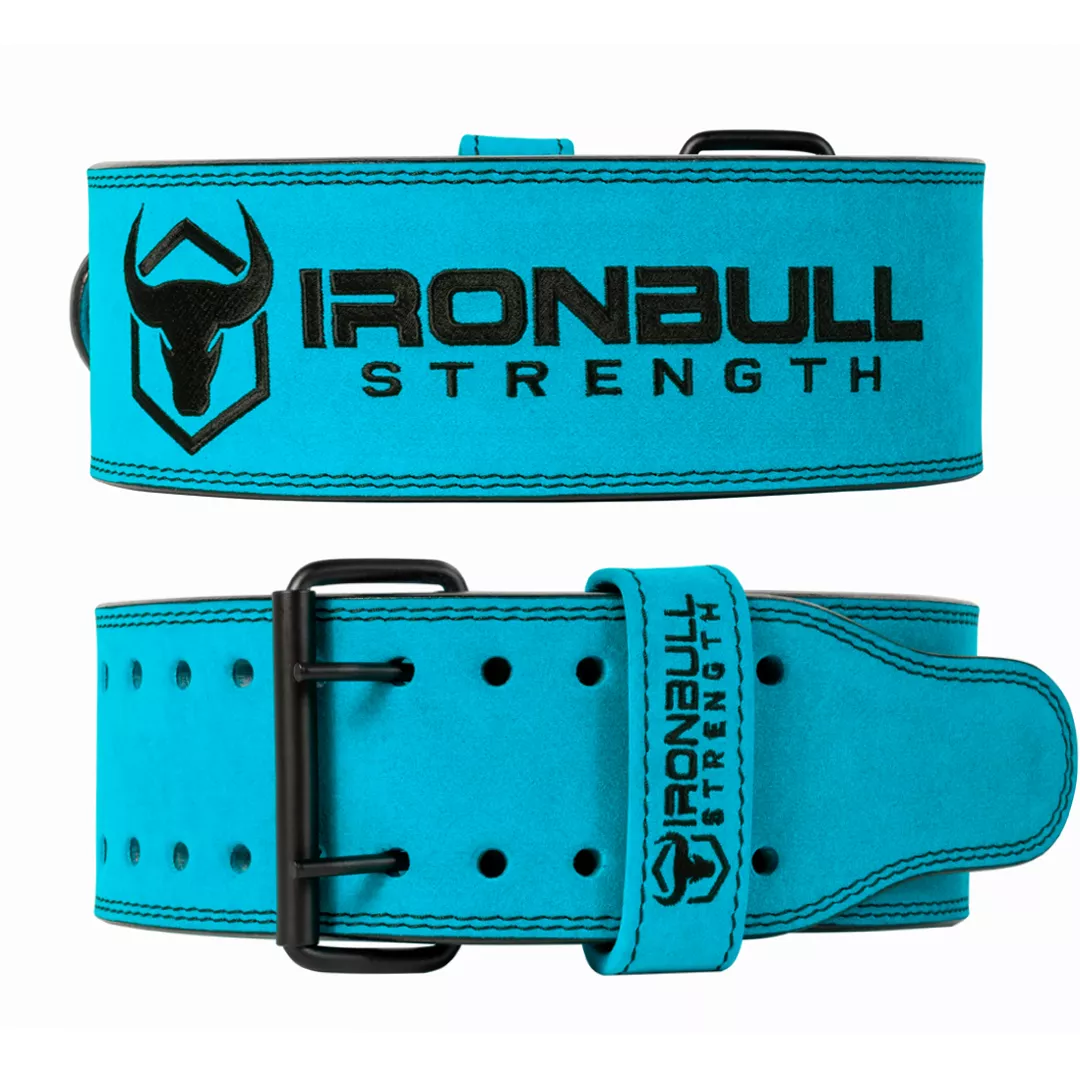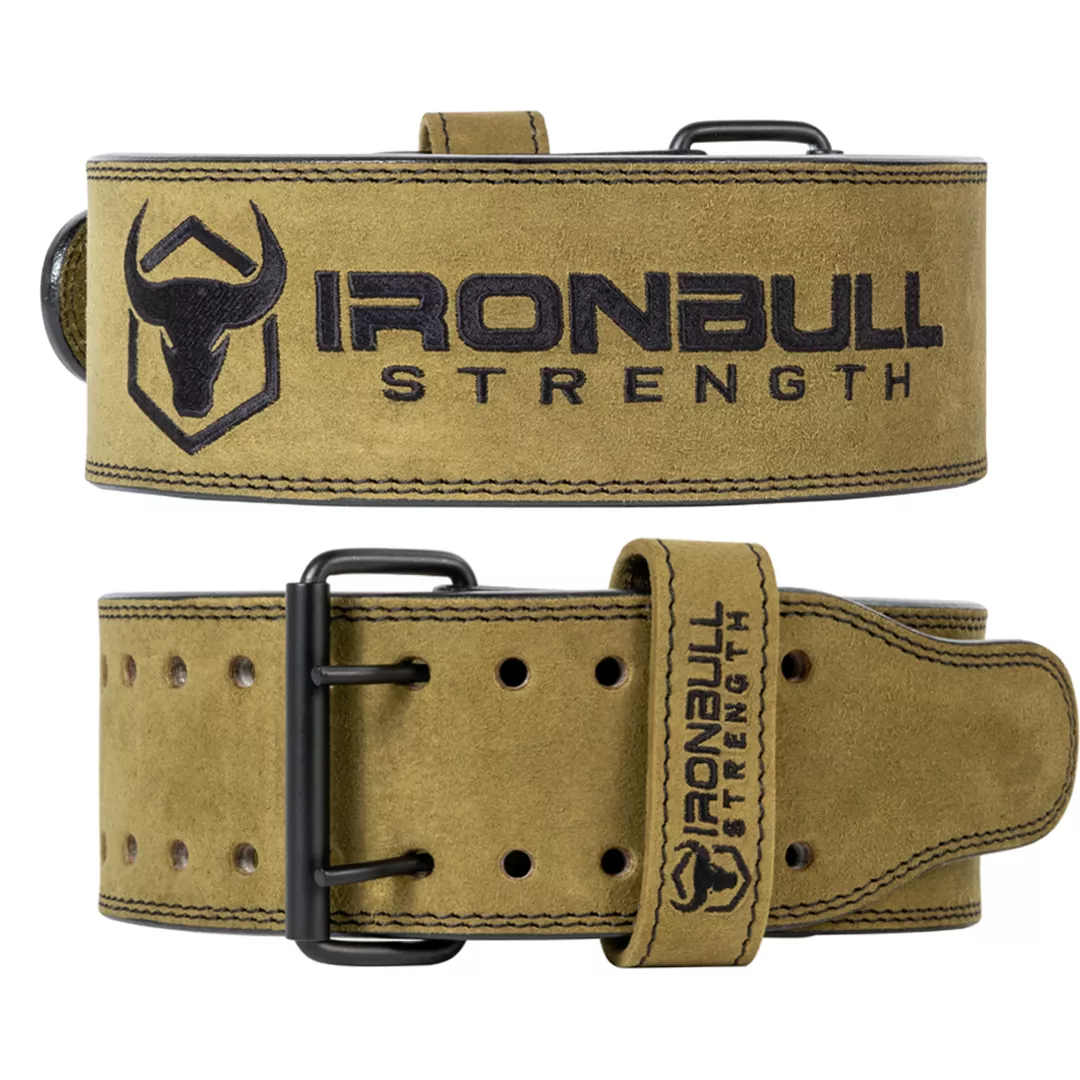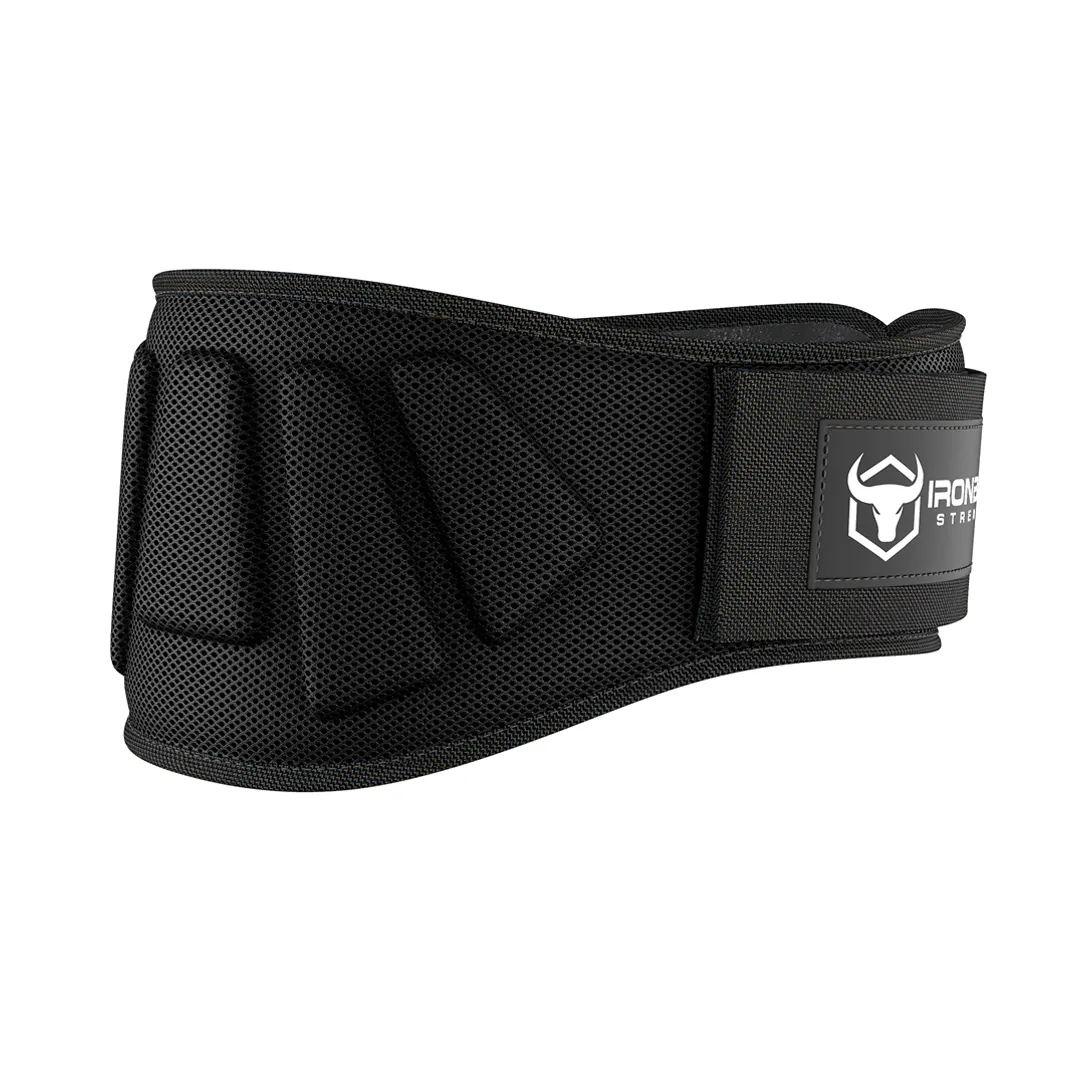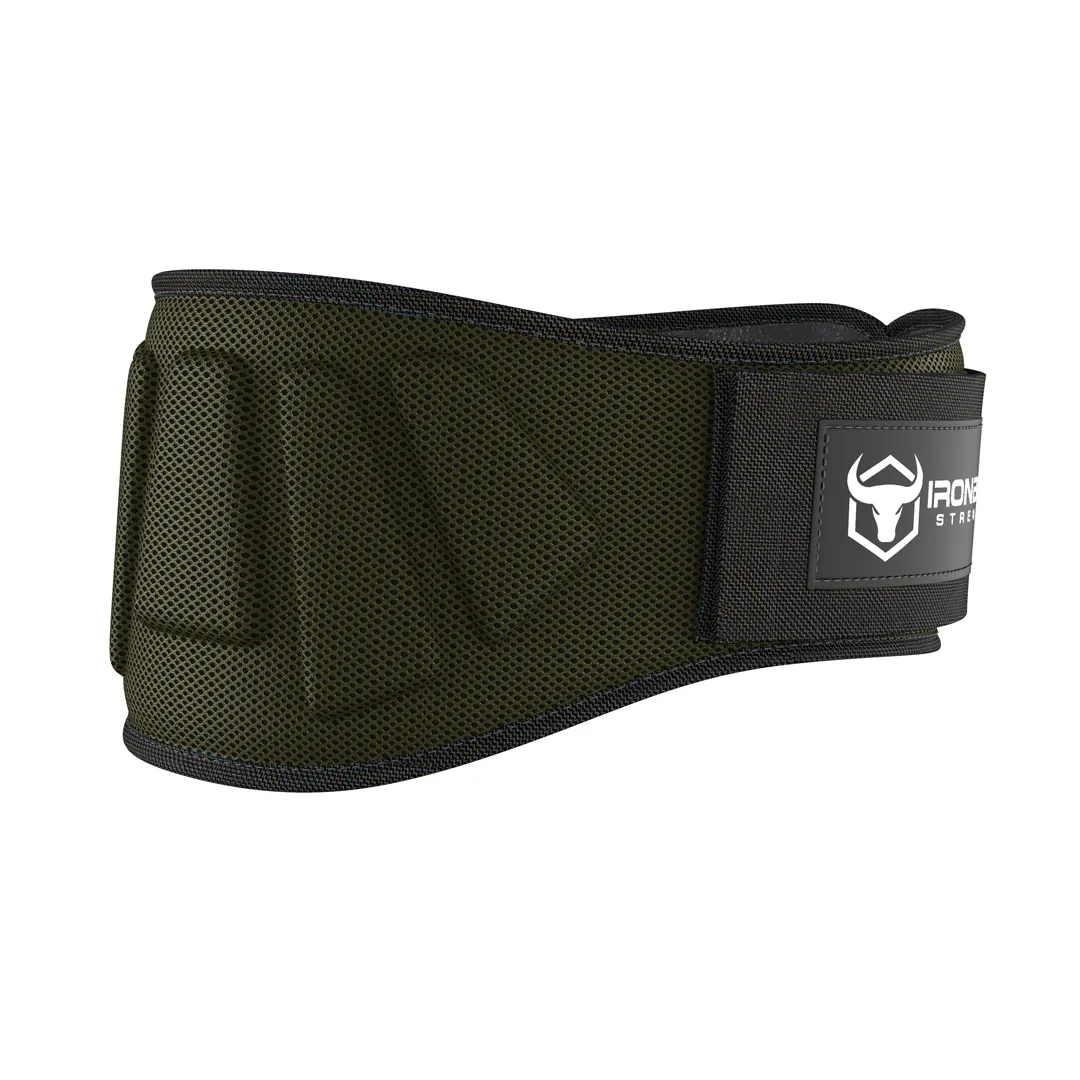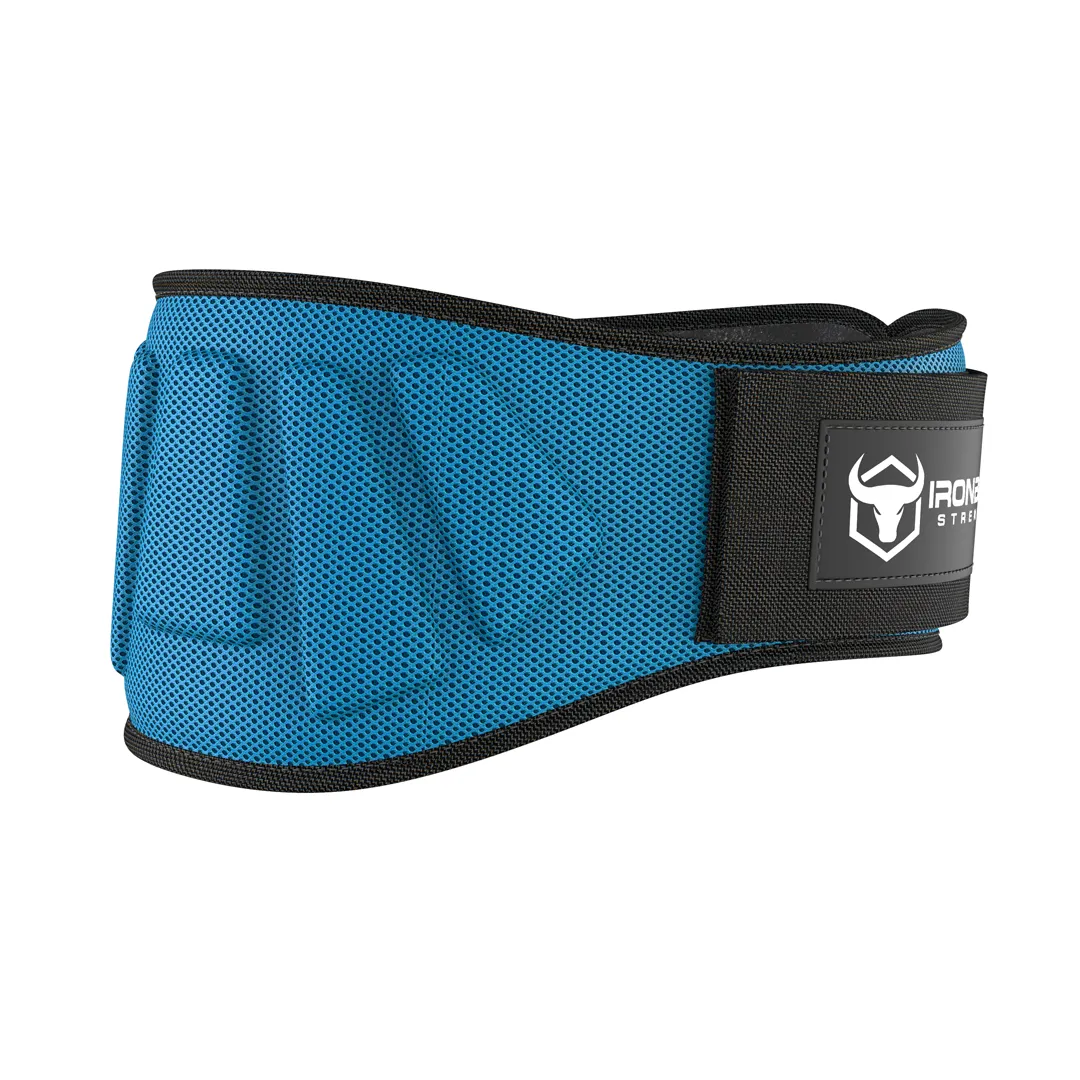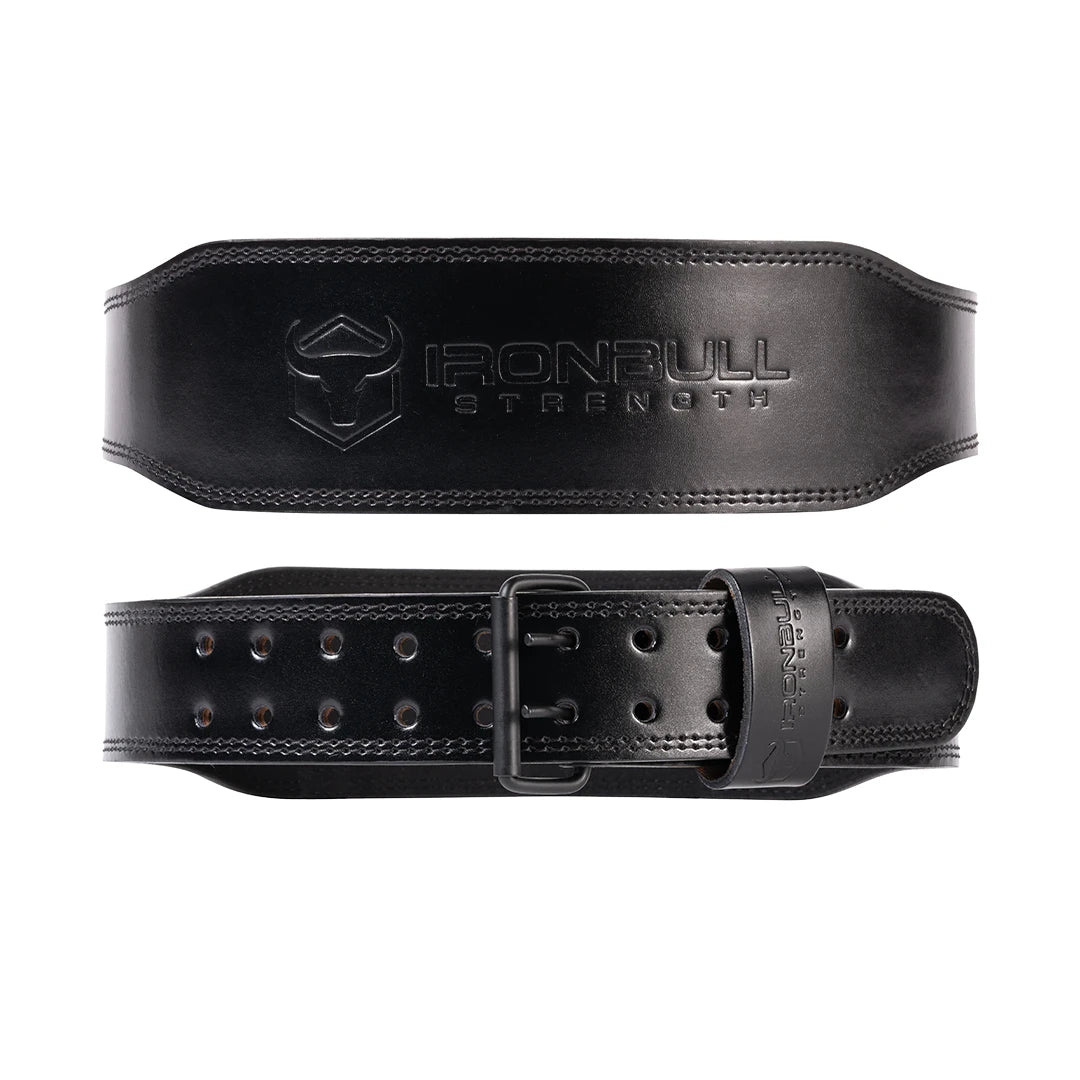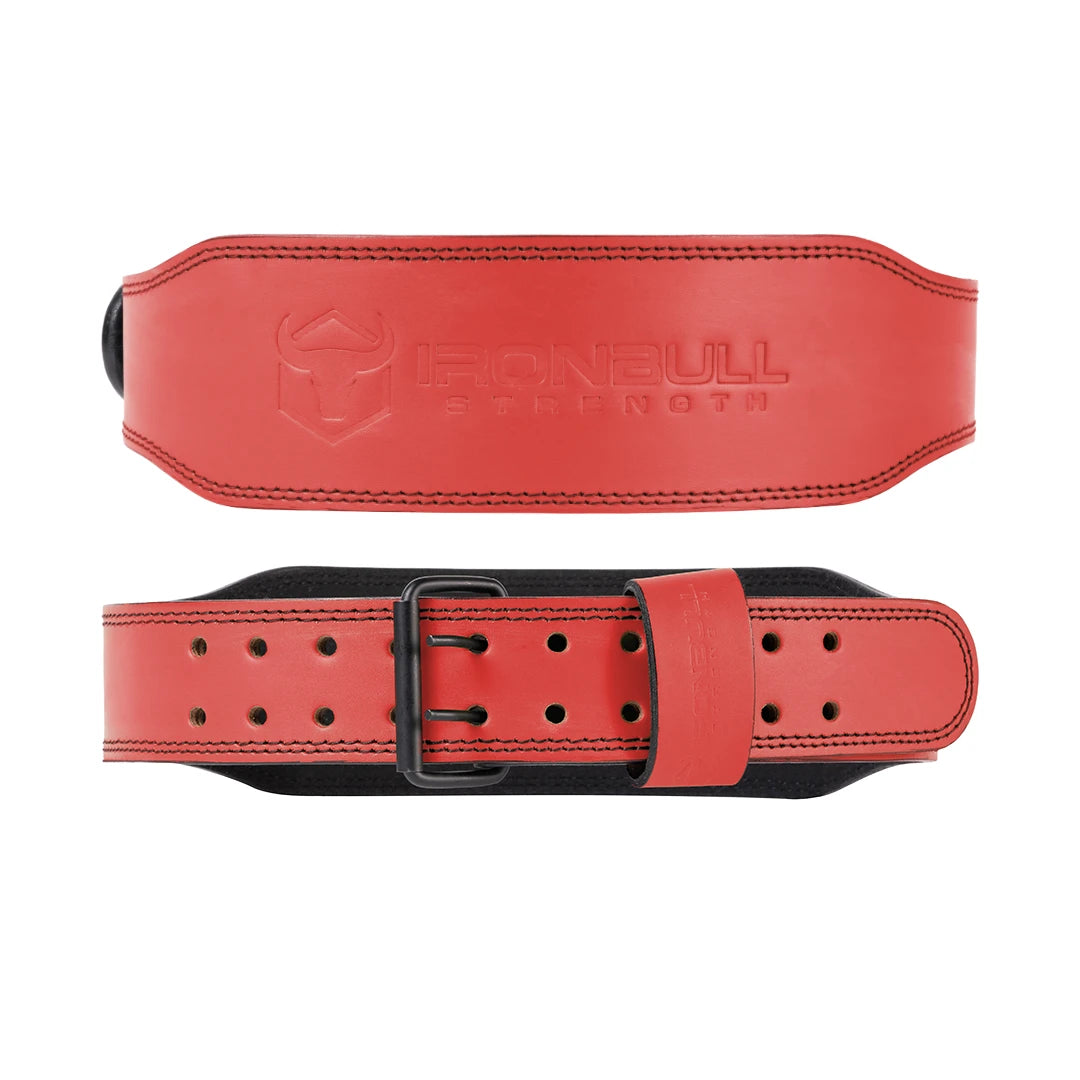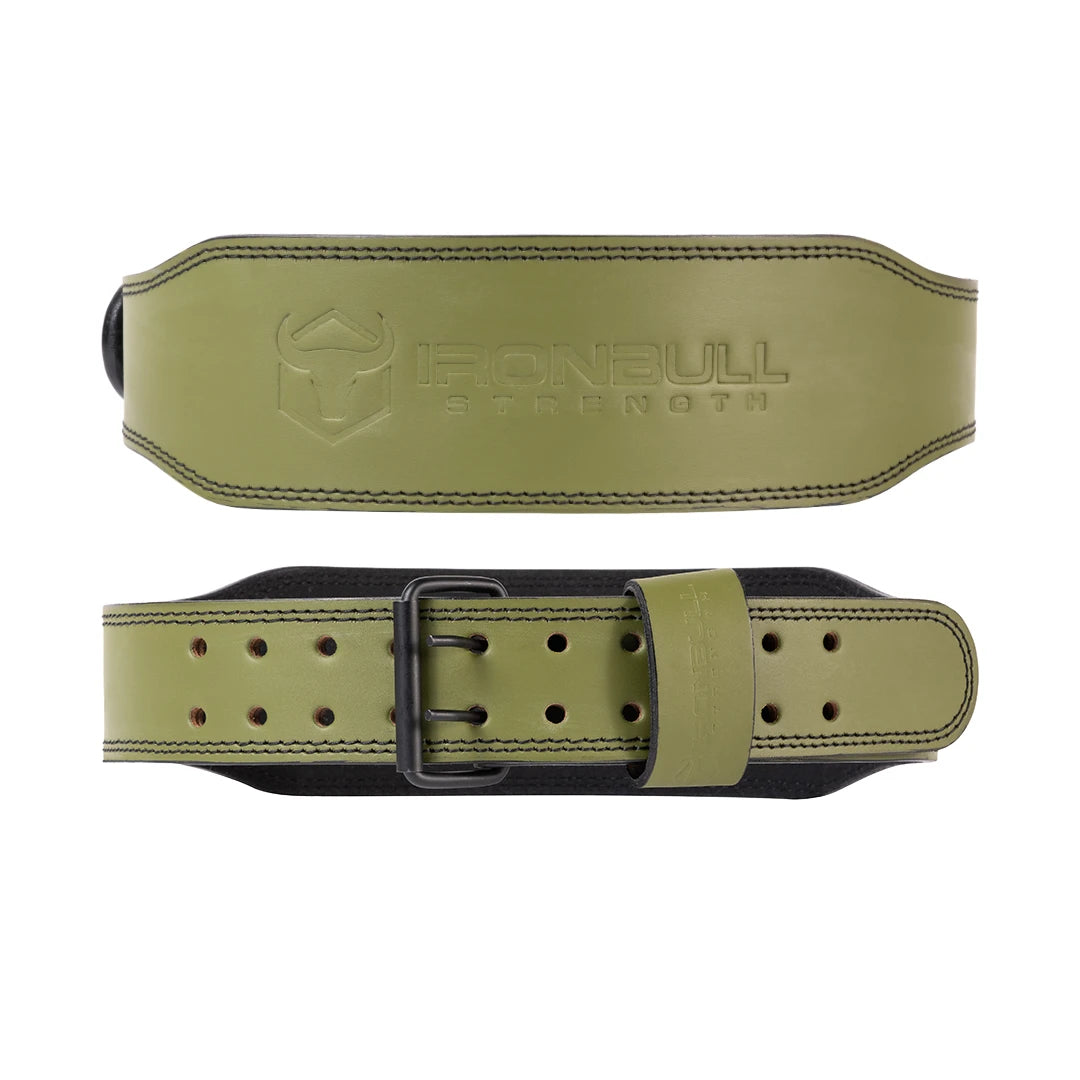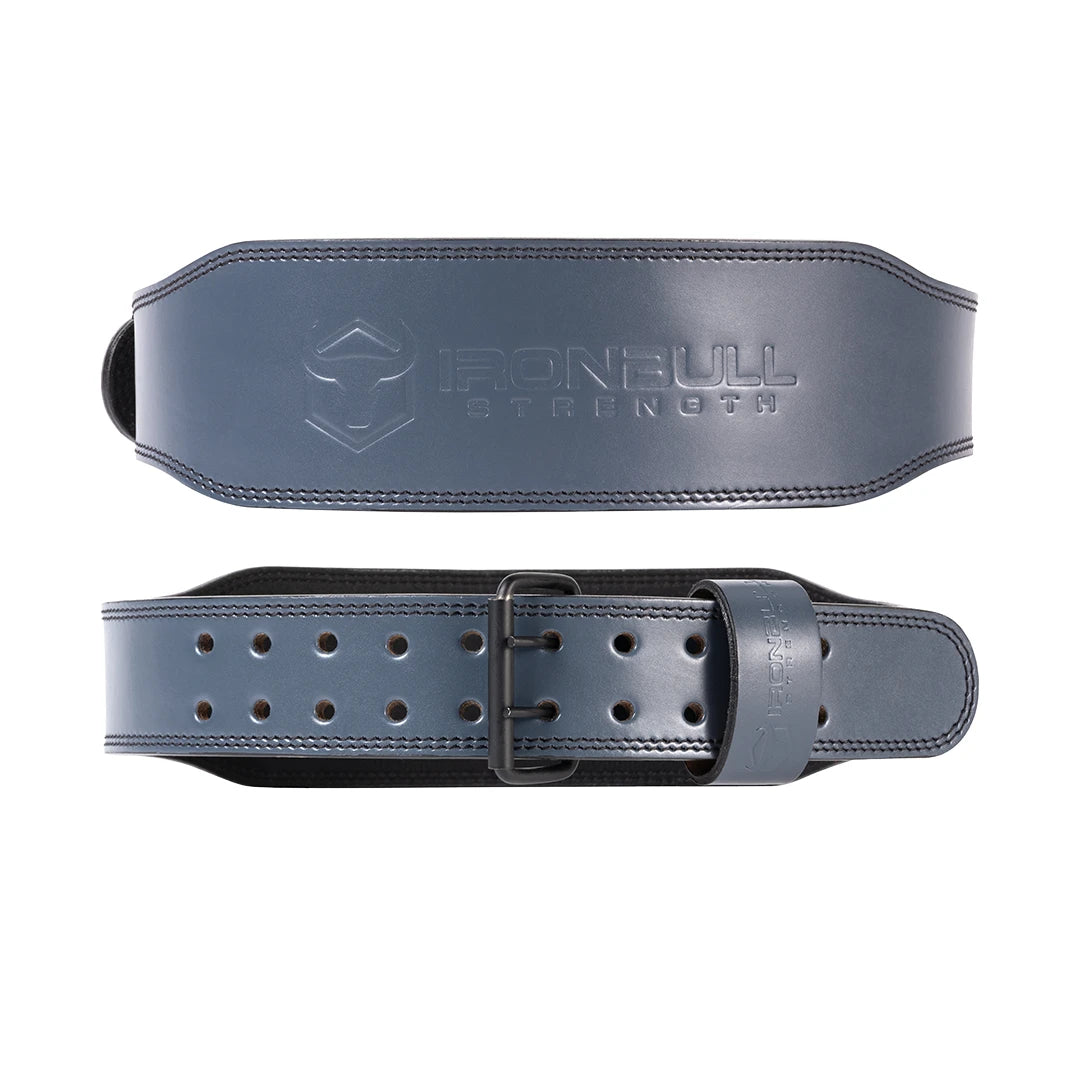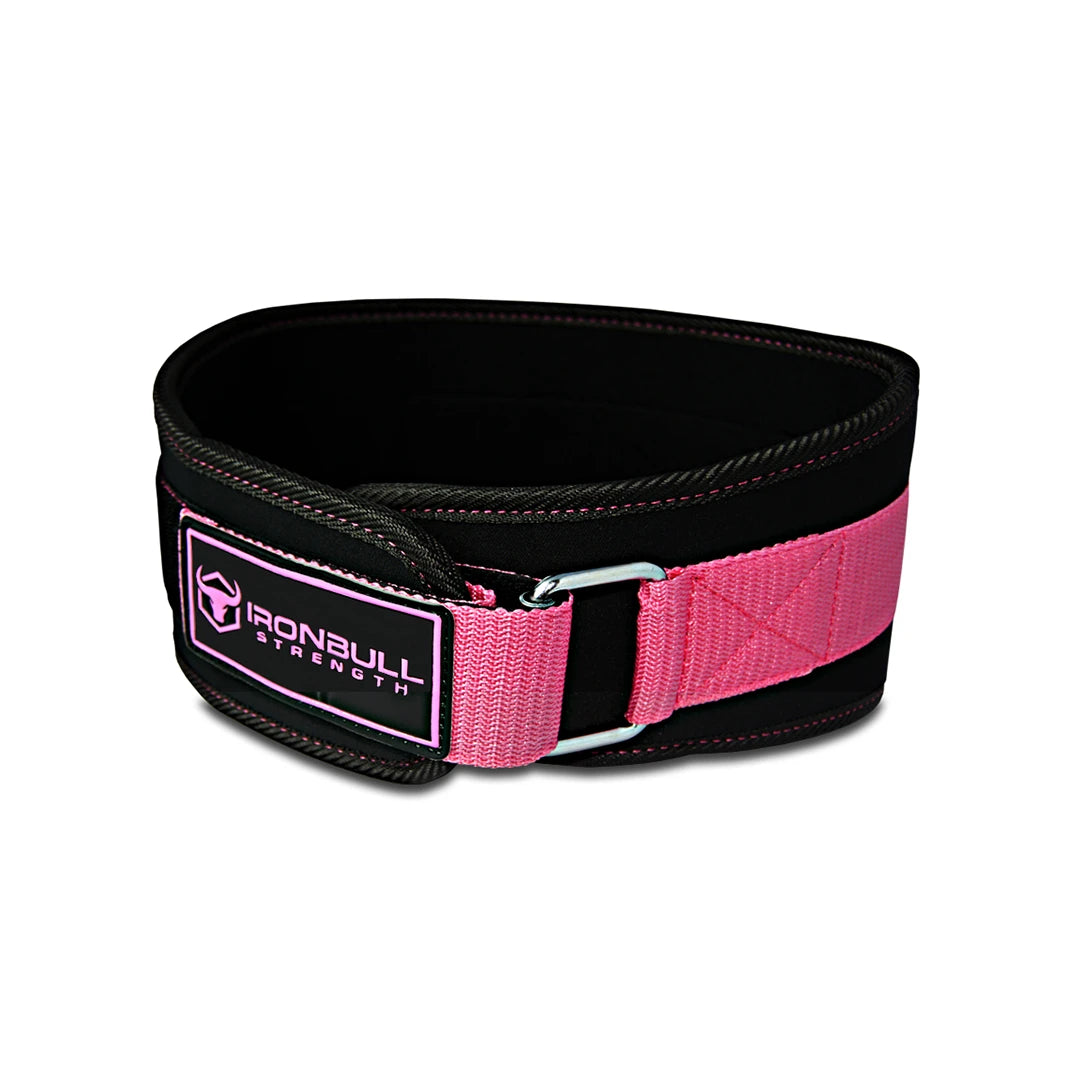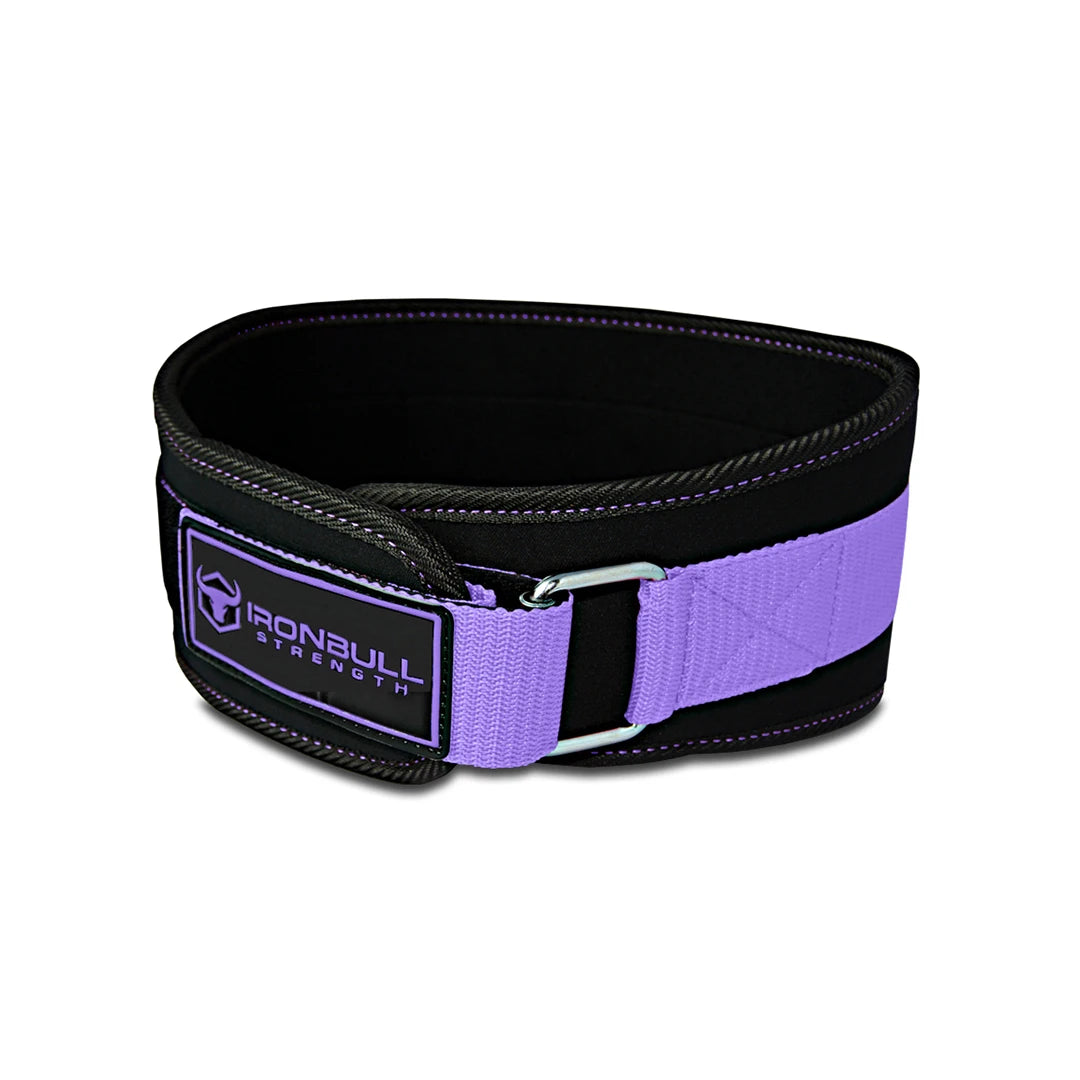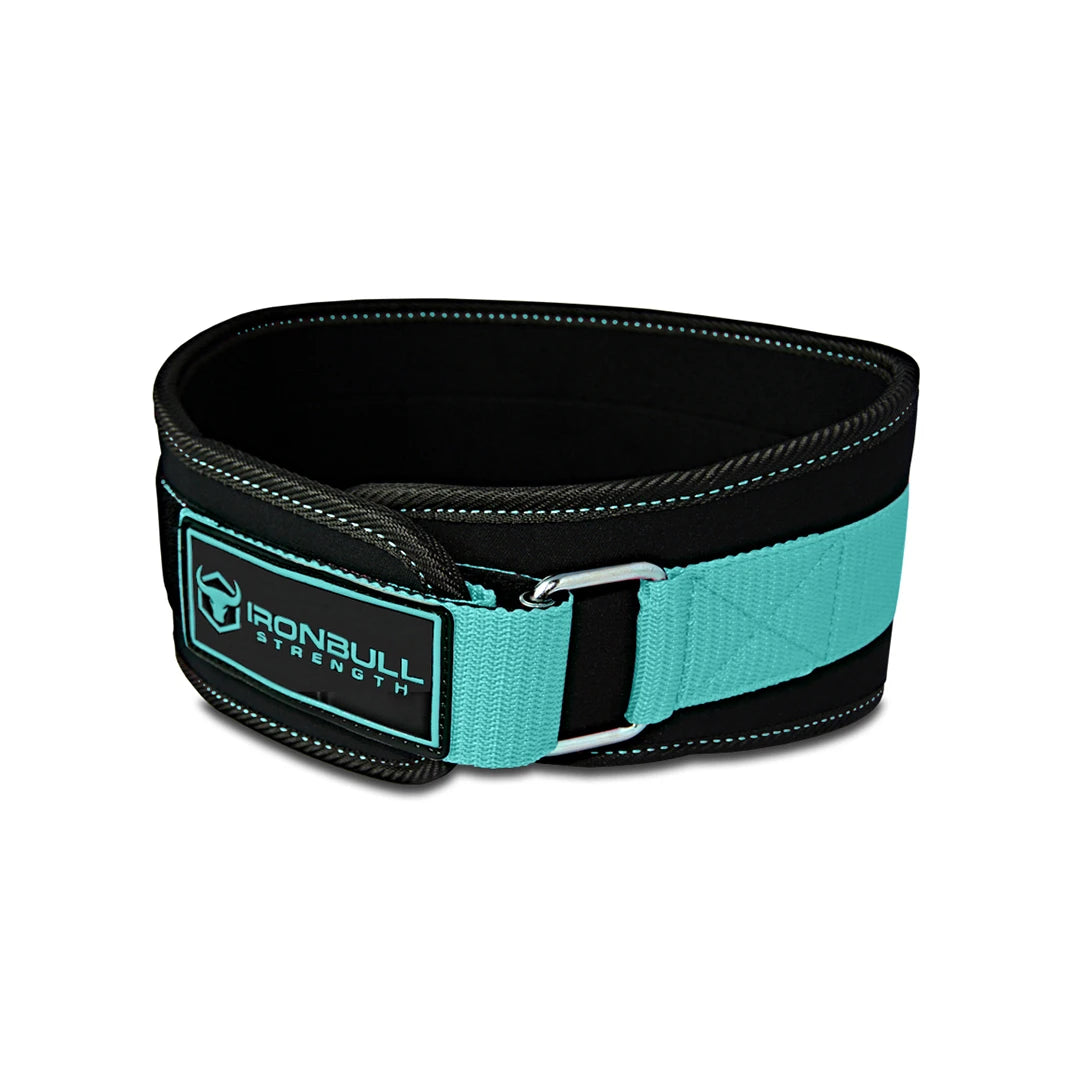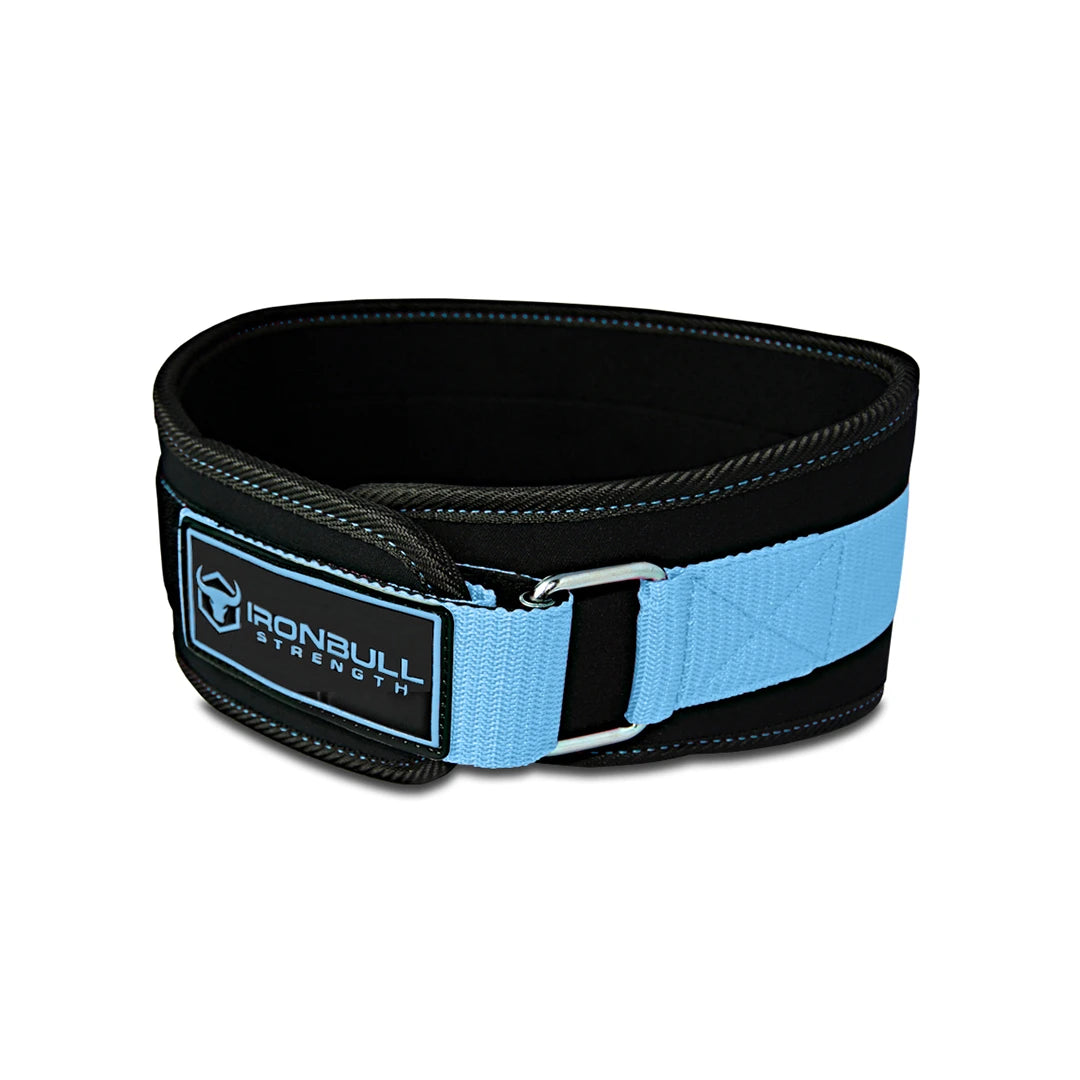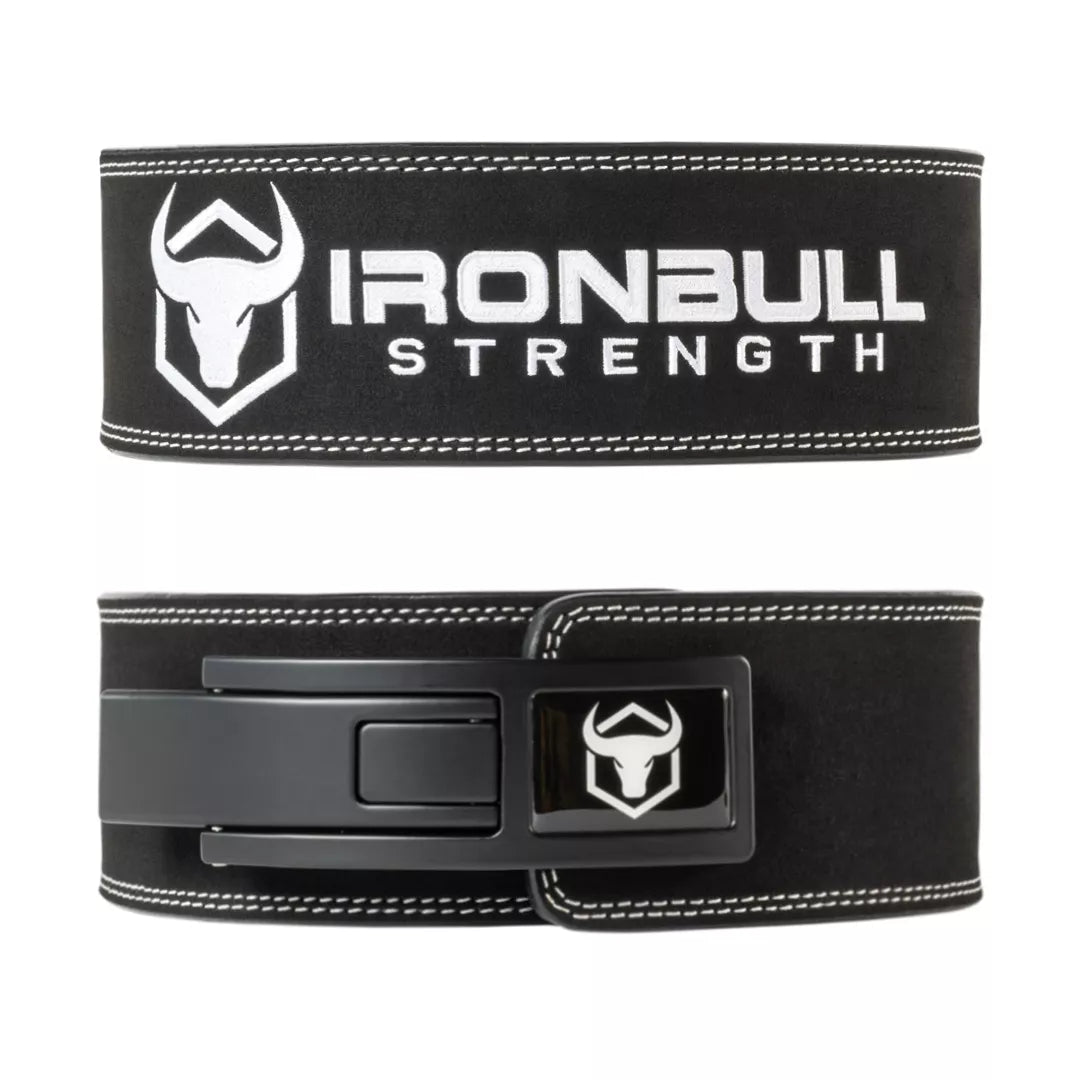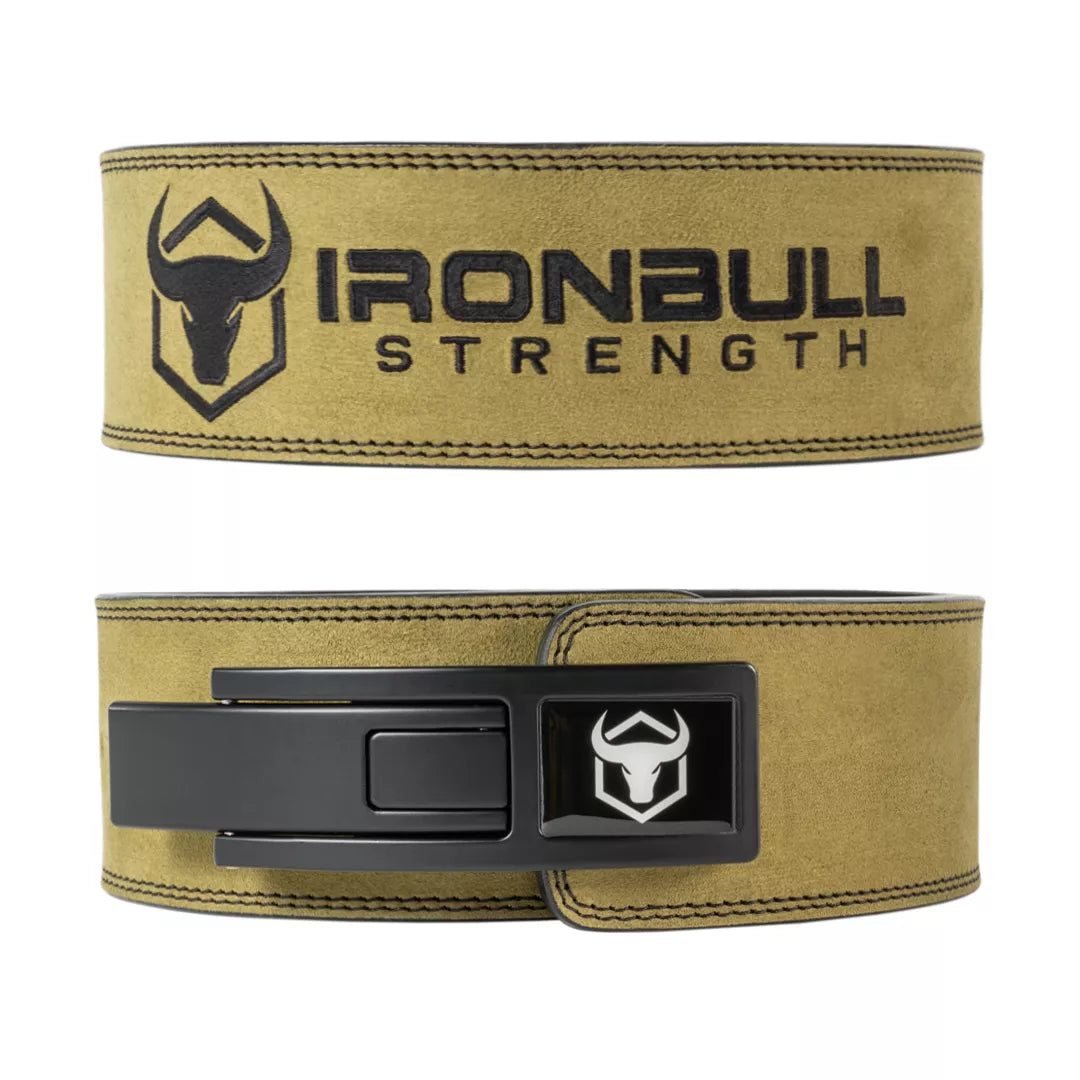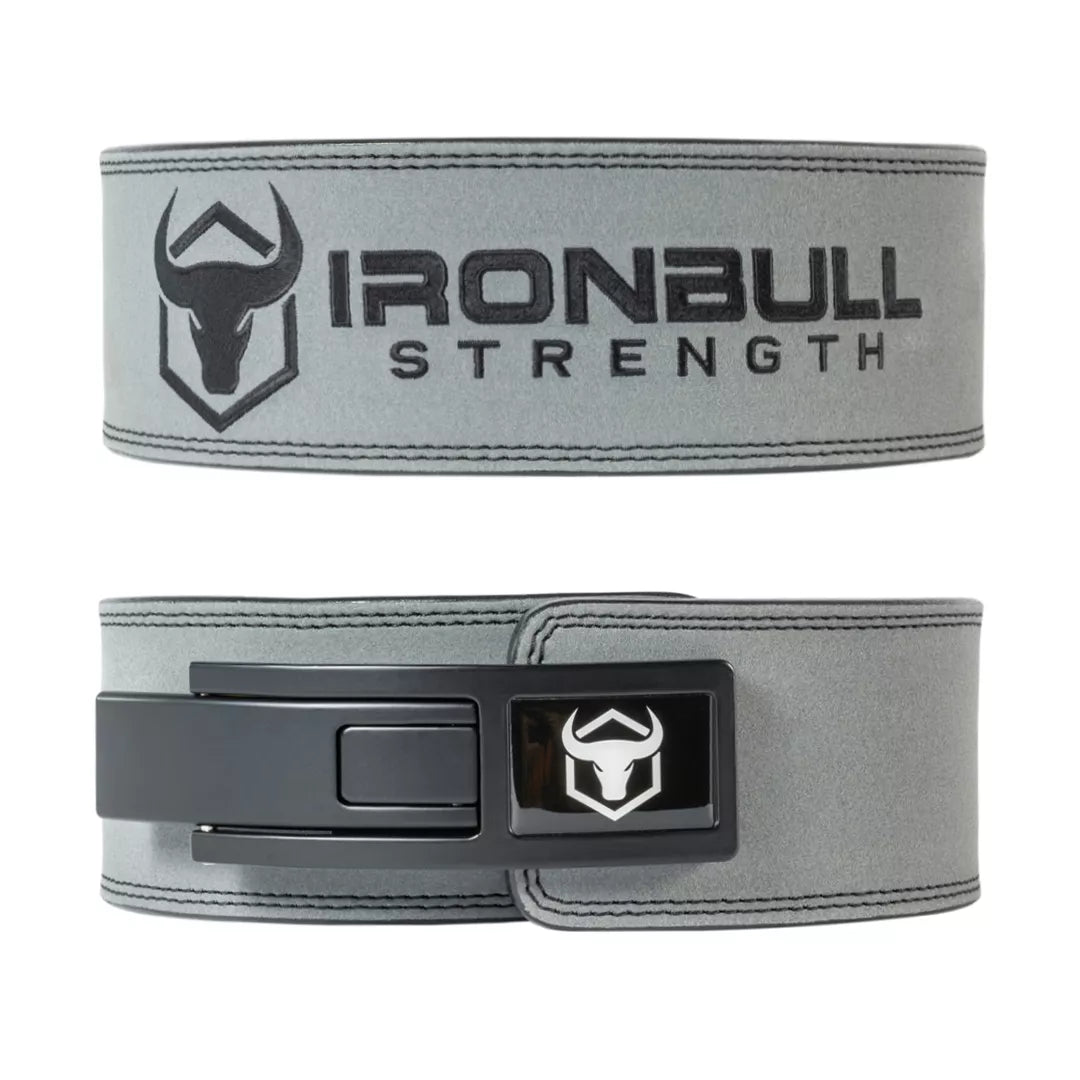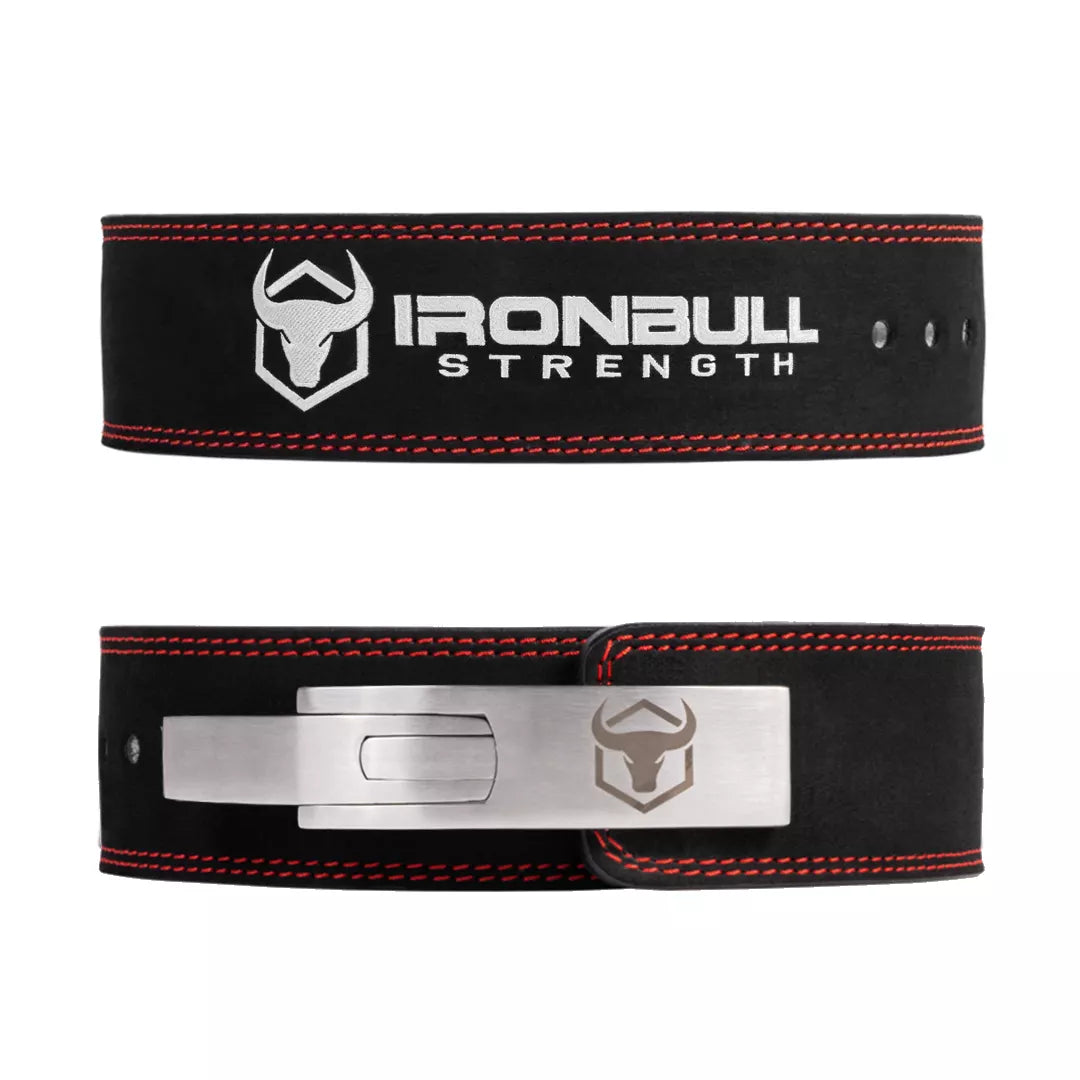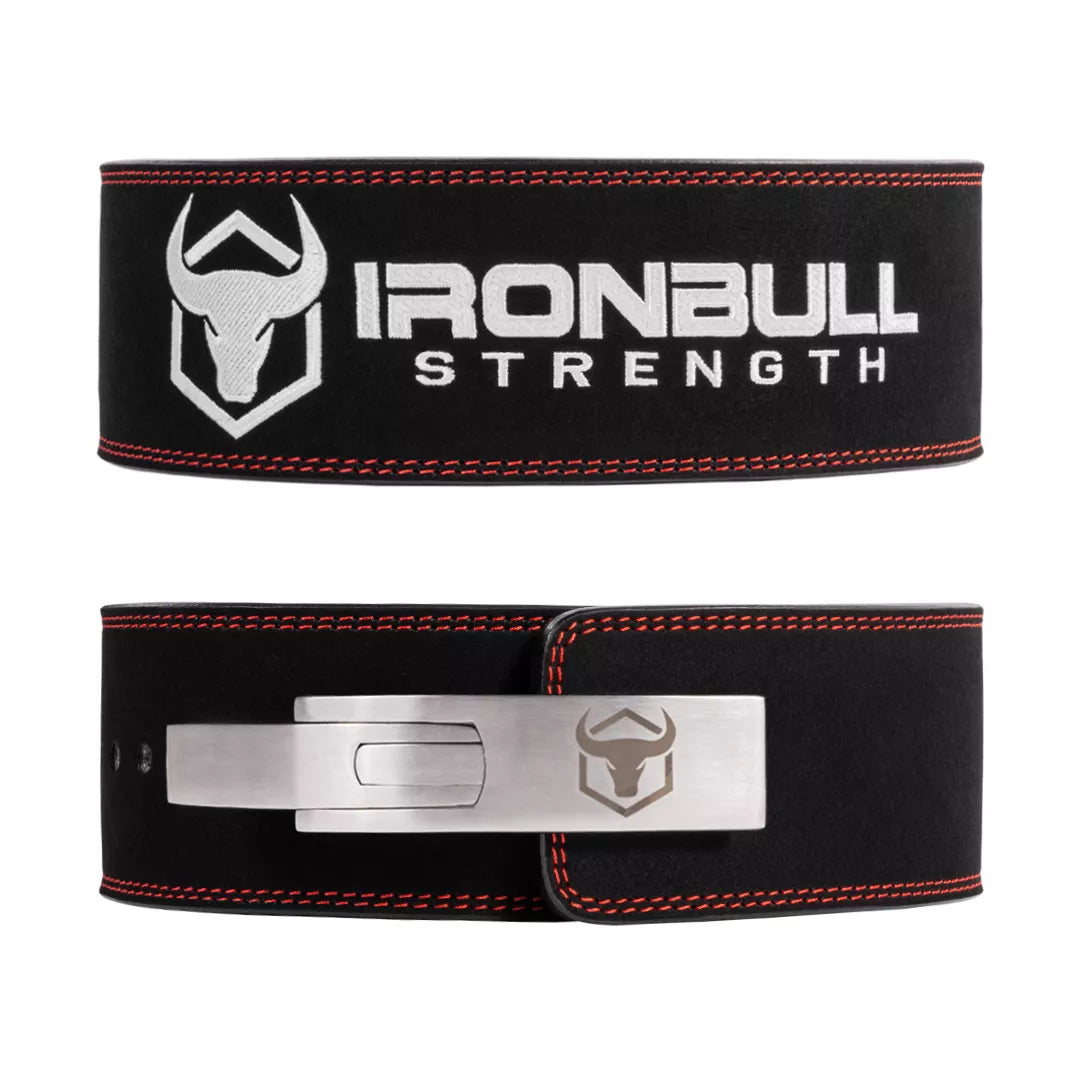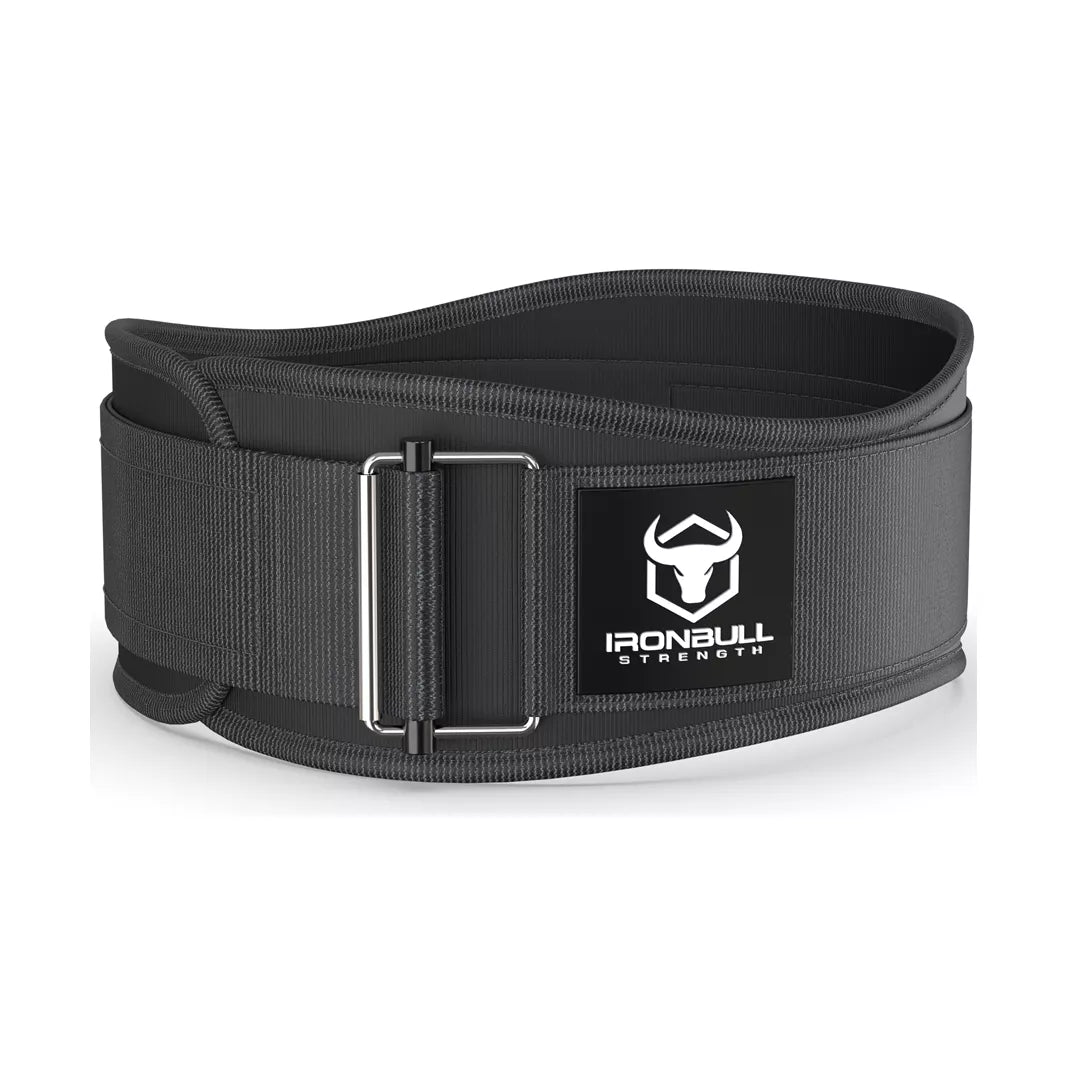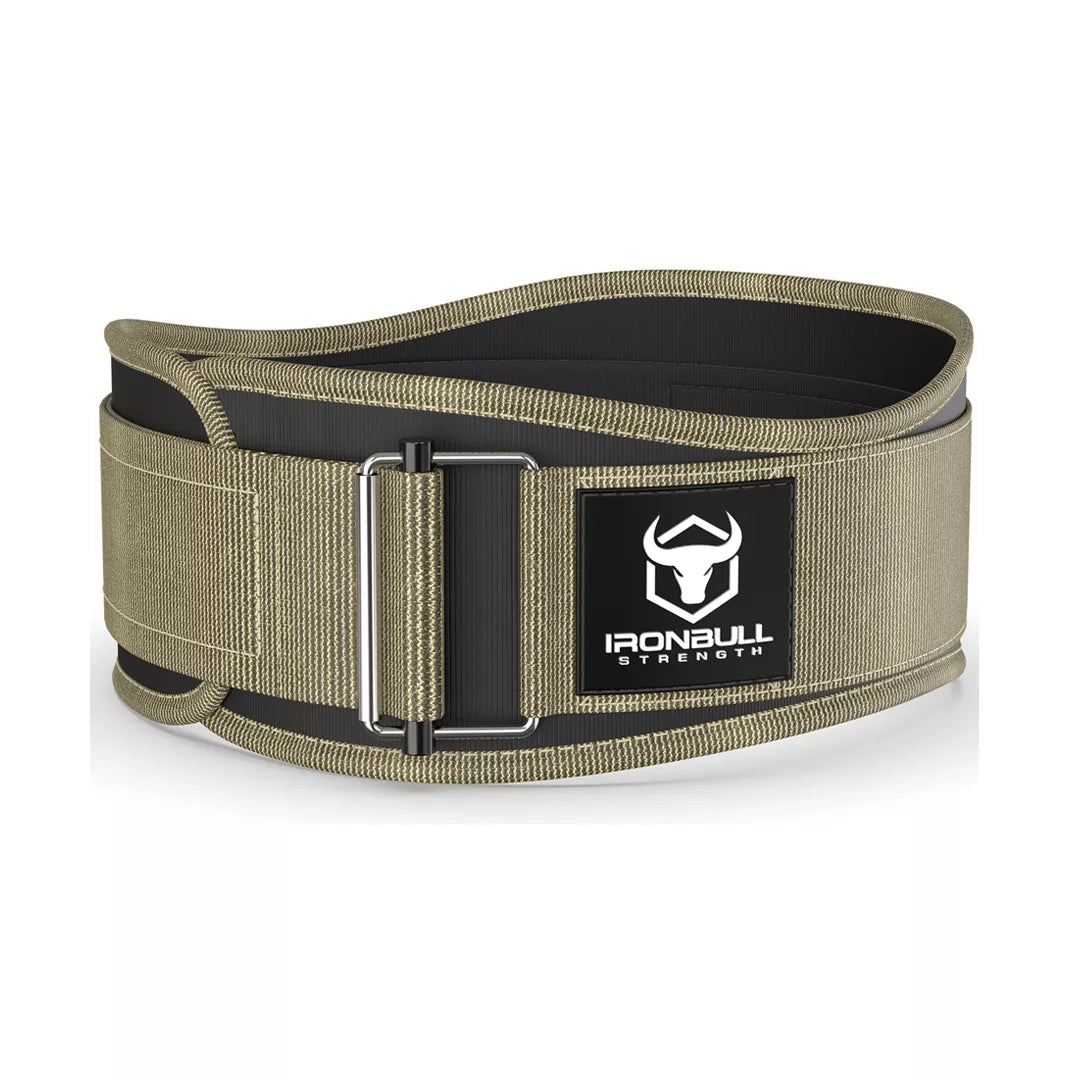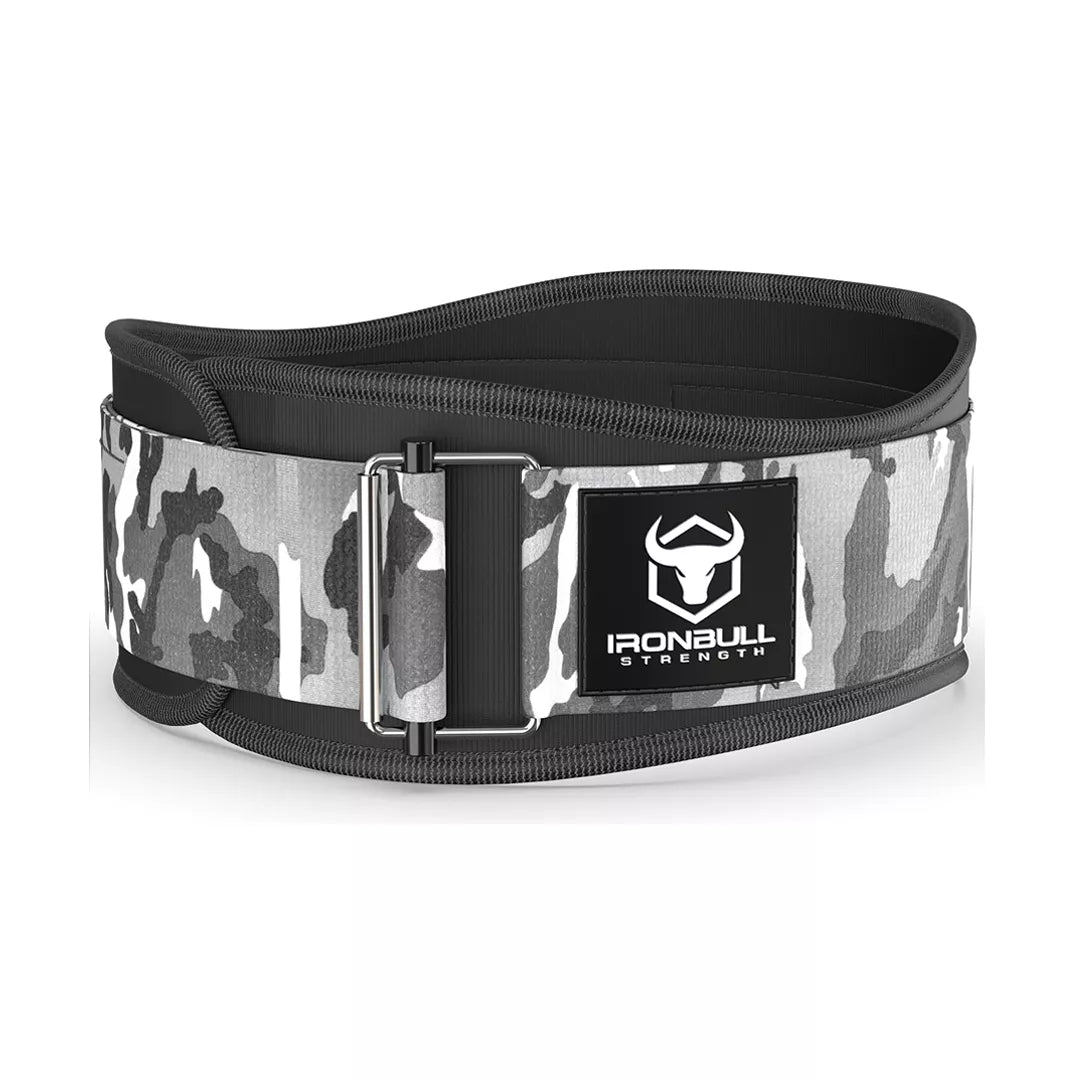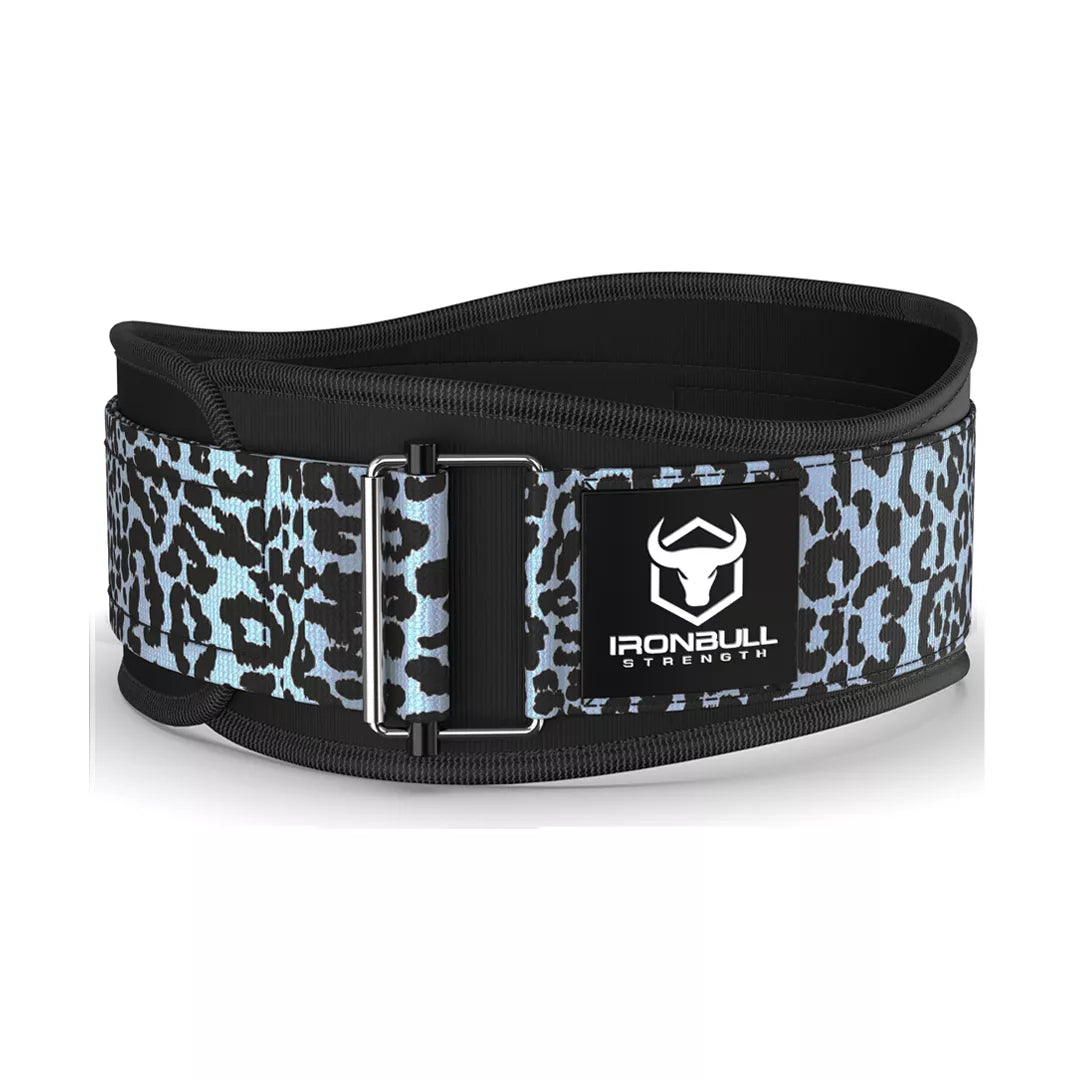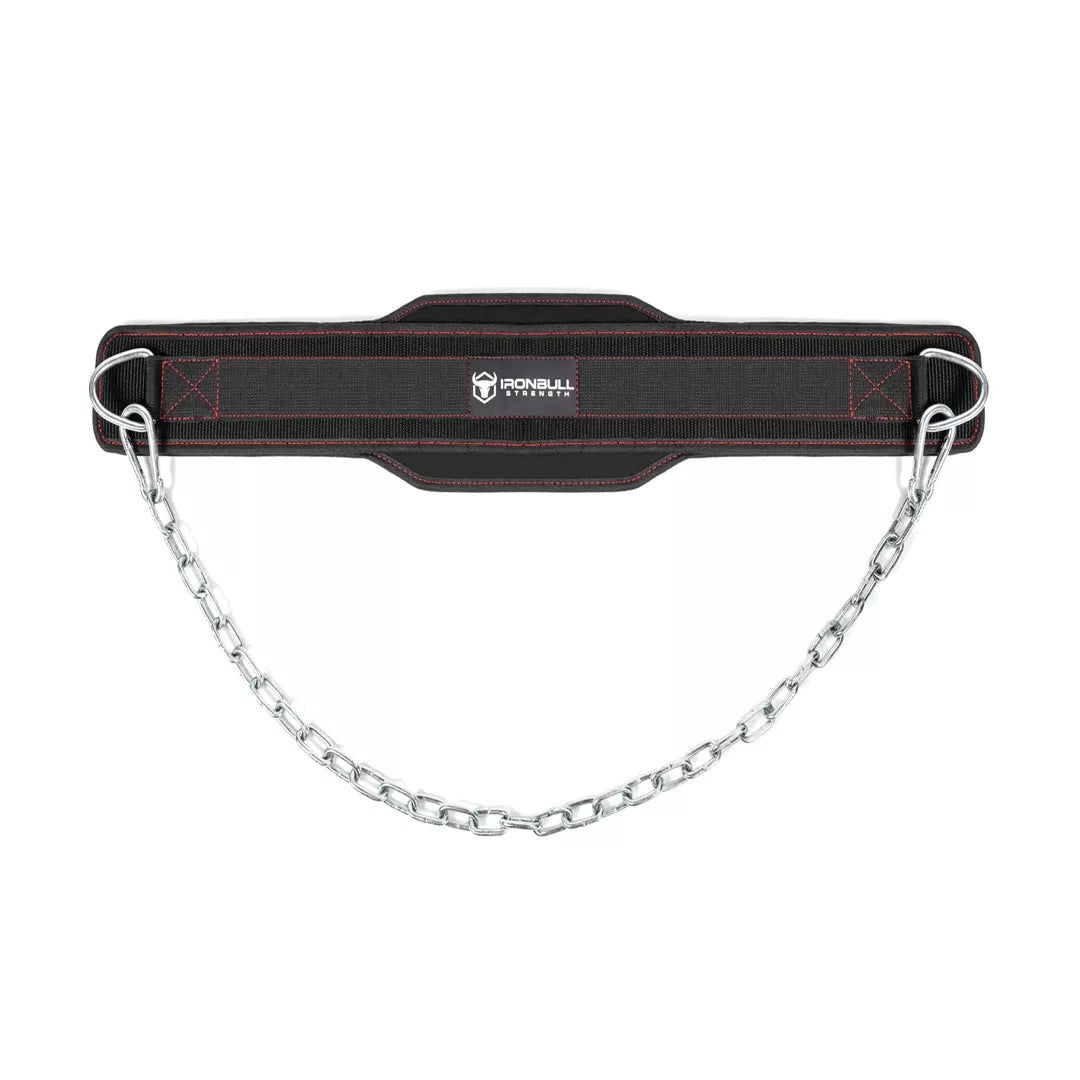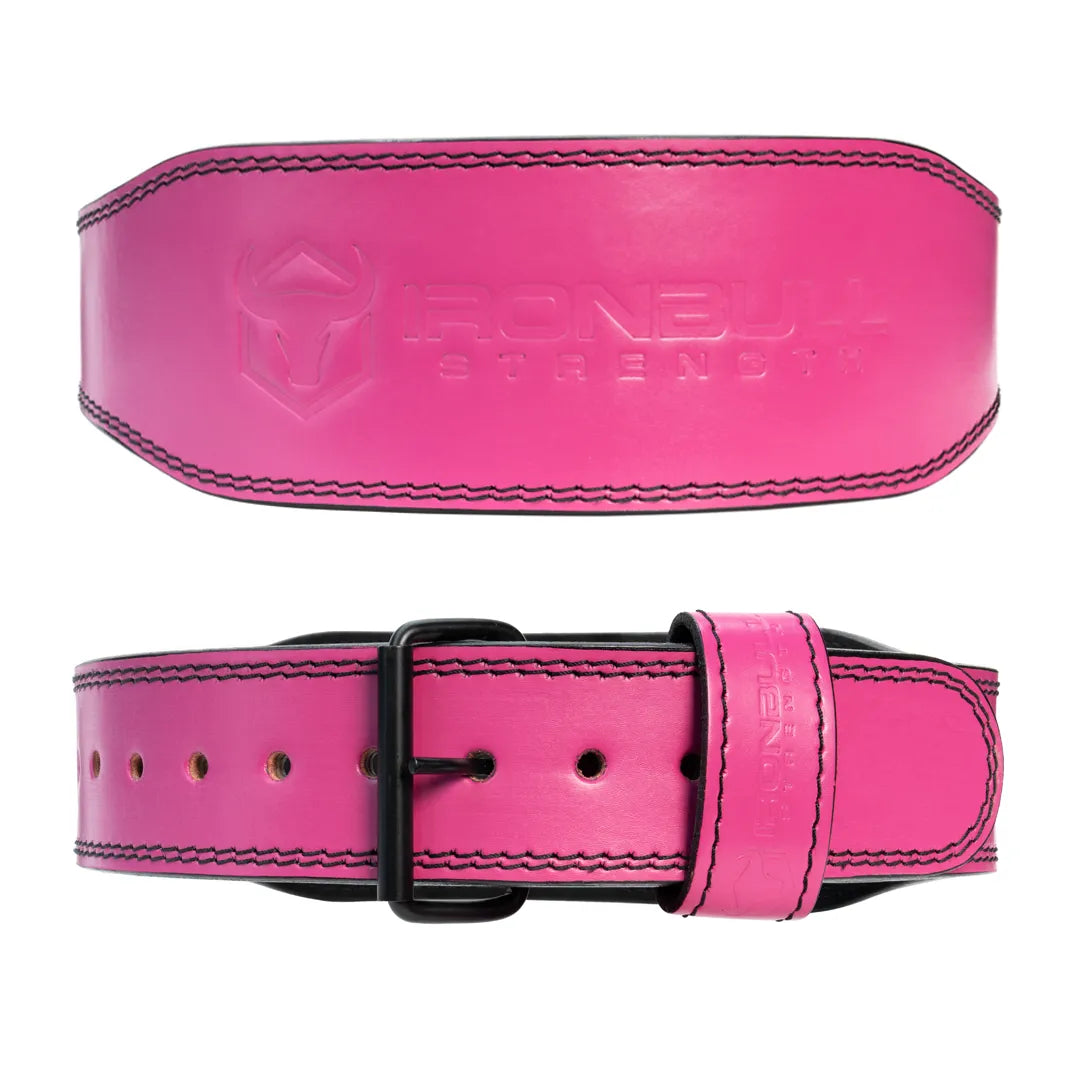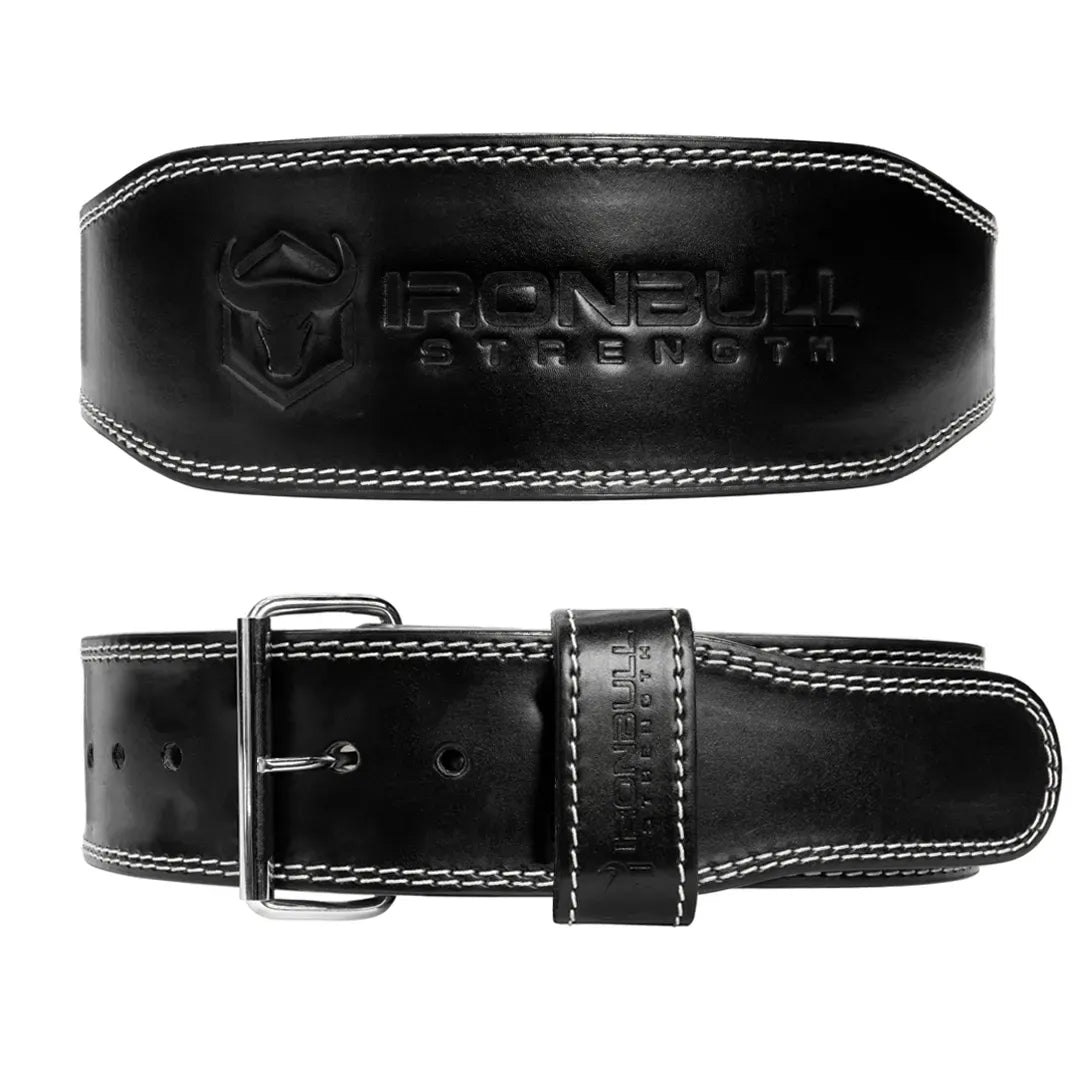Weightlifting Belts for Support, Stability, and Progress
A weightlifting belt isn’t just a piece of equipment—it’s a key tool for safer, stronger lifts. Whether you’re training for your next PR, building full-body strength, or refining technique under heavier loads, the right belt gives you the confidence and support to go further.
We offer a full range of belts built for lifters of all kinds—from stiff lever belts designed for heavy squats and maximal lifts, to flexible nylon options that move with you through dynamic sessions. Every belt is crafted for durability, protection, and performance—so you can stay focused on your next breakthrough.
Let’s find the right belt to support your goals.
Made to Perform. Built to Last.
Every belt we offer is designed with quality materials, reinforced stitching, and proven mechanisms to stand up to years of hard training. Whether you're lifting in your home gym or on the platform, our belts are ready to support your progress—rep after rep, set after set.
Choose from a range of styles, closures, and sizes to find the belt that fits your training—and your goals.















